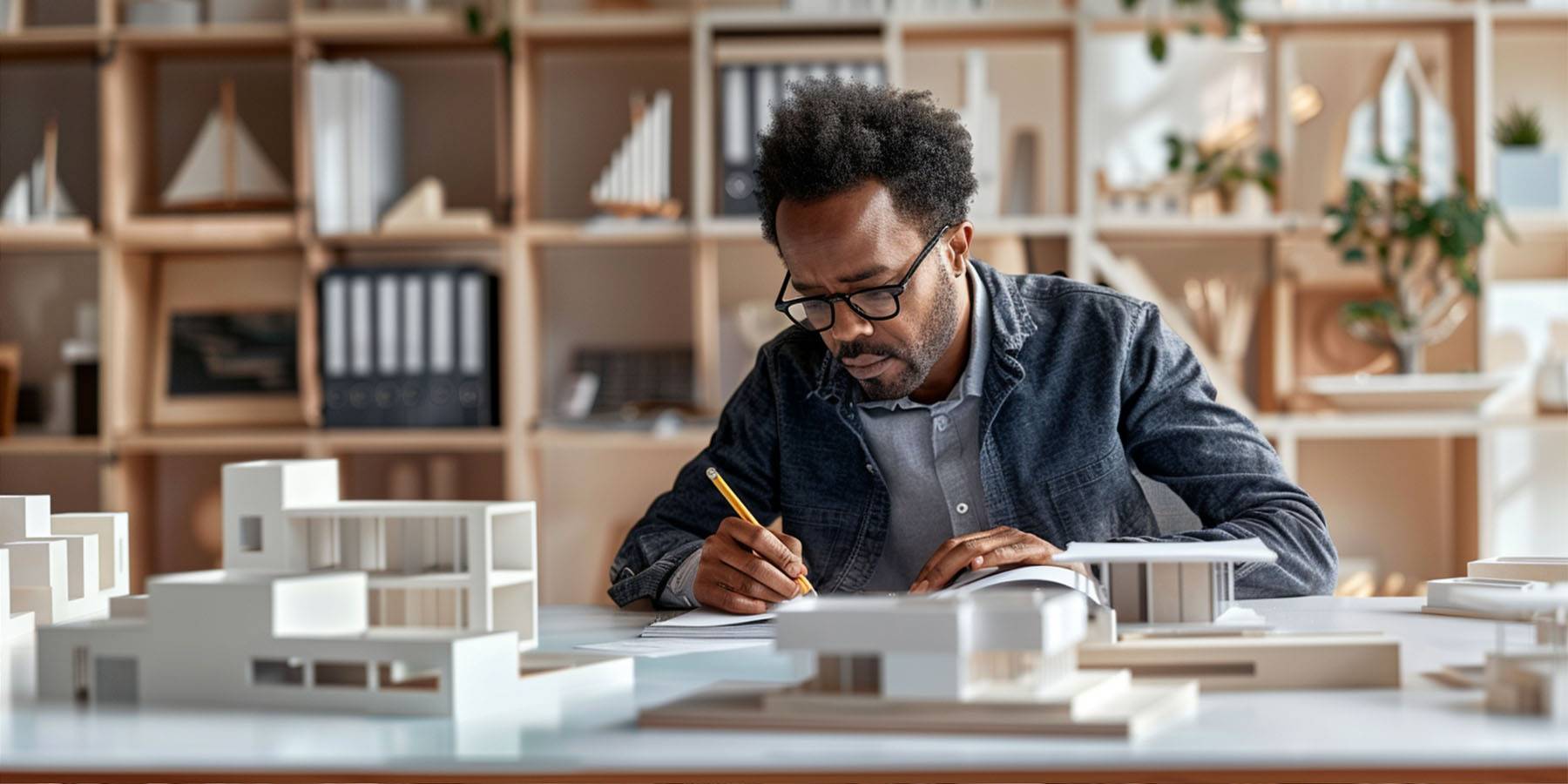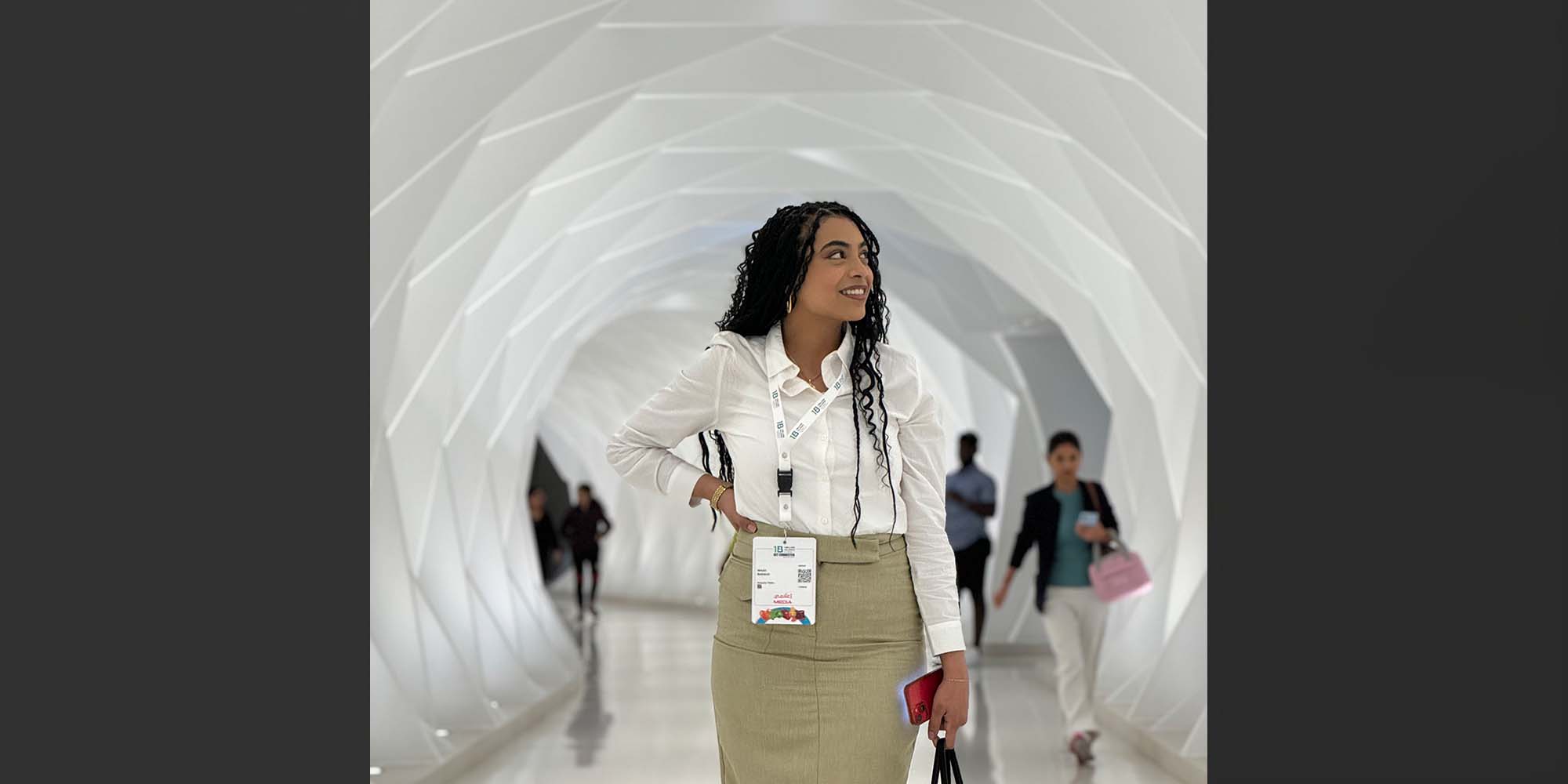In the dynamic world of architecture and interior design, project descriptions serve as more than just a mere rundown of technical details. They are powerful narratives that convey the essence, inspiration, and vision behind each design endeavor. In this article, we delve into the significance of storytelling in crafting compelling project descriptions that captivate audiences, engage stakeholders, and elevate the overall design experience.
Communicating Design Vision
At its core, storytelling in project descriptions is about articulating the design vision in a clear and compelling manner. By weaving together narratives that elucidate the conceptual framework, design principles, and overarching goals of a project, architects and designers can effectively communicate their vision to clients, collaborators, and the wider audience. Whether it’s a sustainable urban redevelopment project or a contemporary residential design, storytelling breathes life into abstract ideas, making them tangible and relatable.
Creating Emotional Connections

Storytelling has the unique ability to evoke emotions and forge meaningful connections with audiences. By infusing project descriptions with narratives that resonate on a personal level, architects and designers can elicit emotional responses that transcend the realm of aesthetics and functionality. Whether it’s nostalgia for a bygone era captured in a historic preservation project or a sense of wonder inspired by innovative design solutions, storytelling adds depth and richness to the design narrative, fostering a deeper appreciation for the built environment.
Engaging Stakeholders
Effective project descriptions serve as powerful engagement tools, attracting the interest and involvement of stakeholders at every stage of the design process. By crafting narratives that highlight the collaborative nature of design, architects and designers can cultivate a sense of ownership and investment among clients, communities, and project partners. From community-driven urban revitalization projects to interdisciplinary design collaborations, storytelling fosters a spirit of inclusivity and participation, ensuring that diverse voices are heard and valued.
Enhancing User Experience
In the realm of interior design, storytelling plays a pivotal role in shaping the user experience and creating spaces that resonate with occupants on a personal level. By developing narratives that anticipate the needs, aspirations, and preferences of end users, interior designers can tailor their designs to enhance comfort, functionality, and overall satisfaction. Whether it’s a hospitality project that evokes a sense of luxury and relaxation or a healthcare facility designed to promote healing and well-being, storytelling informs design decisions that prioritize the human experience.
Differentiating Design Approach
In a competitive market landscape, storytelling serves as a powerful tool for differentiation, helping architects and designers stand out amidst a sea of projects. By articulating the unique design philosophy, approach, and value proposition embedded within each project, professionals can carve out a distinct identity that resonates with clients and collaborators. Whether it’s a commitment to sustainability, a passion for heritage preservation, or a dedication to innovative technology, storytelling communicates what sets a project apart and why it matters.
Inspiring Collaboration
Storytelling has the capacity to inspire collaboration and foster interdisciplinary dialogue within the design community. By sharing narratives that celebrate the intersection of art, culture, history, and technology, architects and designers can spark creativity, curiosity, and mutual respect among peers. Whether it’s a cross-disciplinary design charrette, a thought-provoking design exhibition, or a collaborative research initiative, storytelling cultivates a culture of exchange and innovation that propels the industry forward.
Preserving Architectural Legacy
Beyond the realm of contemporary design, storytelling plays a crucial role in preserving and celebrating architectural heritage. By documenting the historical context, cultural significance, and architectural legacy of iconic buildings and landmarks, professionals can ensure that these treasures are not forgotten but instead cherished and protected for future generations. Whether it’s through oral histories, archival research, or digital storytelling platforms, narratives breathe new life into old structures, fostering a deeper appreciation for their enduring beauty and significance.

In conclusion, storytelling is a powerful tool that transcends the boundaries of design disciplines, fostering connection, understanding, and appreciation for the built environment. By harnessing the narrative potential of project descriptions, architects and designers can communicate their vision, engage stakeholders, and inspire meaningful change in the world around us. So, let us embrace the art of storytelling and unlock the transformative potential of design one narrative at a time.






